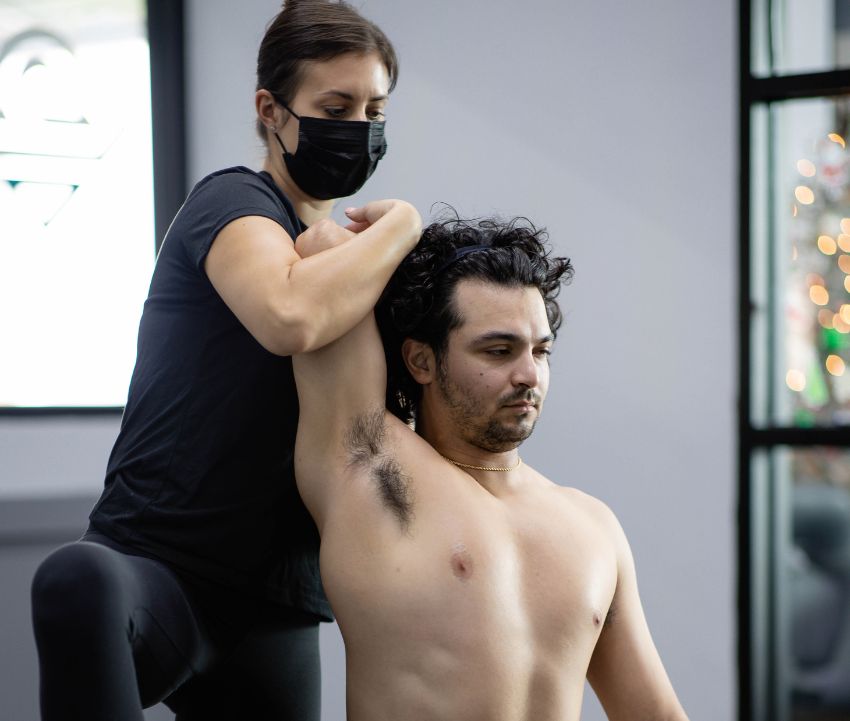In the fast-paced world of sports, injuries are an unfortunate but often inevitable aspect of an athlete’s journey. At our practice, we recognize the importance of not only treating sports injuries but also educating individuals about their prevention. In this comprehensive guide, we delve into the most common sports injuries, their prevention, and effective treatment strategies to help athletes stay at the top of their game.
In the pursuit of excellence on the field, athletes often subject their bodies to intense physical demands. Unfortunately, this can lead to various sports-related injuries that range in severity and impact. Understanding these injuries and adopting proactive prevention strategies are pivotal steps towards minimizing downtime and maximizing performance.
Types of Common Sports Injuries
Sprains and Strains
Sprains and strains are among the most prevalent injuries in the sports world. A sprain involves the stretching or tearing of ligaments, while strains refer to injuries in muscles or tendons. These injuries commonly occur in high-impact sports like soccer, basketball, and football. Adequate warm-up, conditioning, and dynamic stretching can significantly reduce the risk of sprains and strains.
Fractures and Dislocations
Fractures (broken bones) and dislocations (displacement of bones from their normal position) often result from sudden impacts or falls. These injuries demand immediate medical attention. Protective gear, proper technique, and maintaining bone health through a balanced diet rich in calcium and vitamin D are crucial preventive measures.
Concussions
Concussions are a growing concern in contact sports. A concussion is a traumatic brain injury resulting from a forceful impact to the head. Properly fitted helmets and adhering to concussion protocols can mitigate risks. Athletes should prioritize reporting any symptoms promptly to ensure proper evaluation and recovery.
Overuse Injuries
Overuse injuries stem from repetitive motions, commonly seen in sports like running, tennis, and swimming. These injuries develop gradually and can lead to chronic pain if not addressed. Incorporating rest days, cross-training, and gradual intensity increases into training routines can help prevent overuse injuries.
Preventive Measures
Proper Conditioning
Maintaining optimal physical condition is paramount in injury prevention. Regular strength training, flexibility exercises, and cardiovascular workouts enhance overall fitness, making the body more resilient to injury.
Appropriate Equipment
Using well-fitted and appropriate sports gear significantly reduces injury risk. From footwear to protective padding, investing in high-quality equipment tailored to the sport’s demands is a wise choice.
Warm-up and Stretching
Warming up before any physical activity increases blood flow to muscles and prepares the body for the demands ahead. Dynamic stretching further enhances flexibility and range of motion.
Technique Mastery
Proper technique minimizes the stress placed on joints and muscles, reducing injury risk. Coaches and trainers play a pivotal role in ensuring athletes’ adherence to correct form.
Treatment Approaches
Rest and Immobilization
Injury management often begins with rest and immobilization. This allows the body to heal naturally while preventing further damage.
Physical Therapy
Physical therapy is integral to the recovery process. Tailored exercises and therapeutic techniques help restore function, improve mobility, and prevent reinjury.
Medication and Pain Management
Pain and inflammation are common companions to sports injuries. Non-prescription pain relievers, when used under medical guidance, can provide temporary relief. However, they should not replace comprehensive treatment.
Surgical Intervention
In severe cases, surgical intervention may be necessary to repair damaged tissues and structures. Modern surgical techniques, guided by advanced imaging, aim to minimize invasiveness and optimize recovery.
Recovery and Rehabilitation
Recovery is a multifaceted process involving progressive rehabilitation exercises, monitoring of progress, and adjustments to the treatment plan as needed. Athletes are advised to follow medical recommendations diligently for a successful return to play.
In conclusion, the world of sports presents both challenges and triumphs, and injuries are an inevitable part of this journey. By fostering a culture of proactive injury prevention through conditioning, technique mastery, and thoughtful rehabilitation, athletes can enjoy a safer and more successful career. Remember, staying informed and taking consistent preventive measures is the key to staying ahead in the game while minimizing the risk of injuries.

